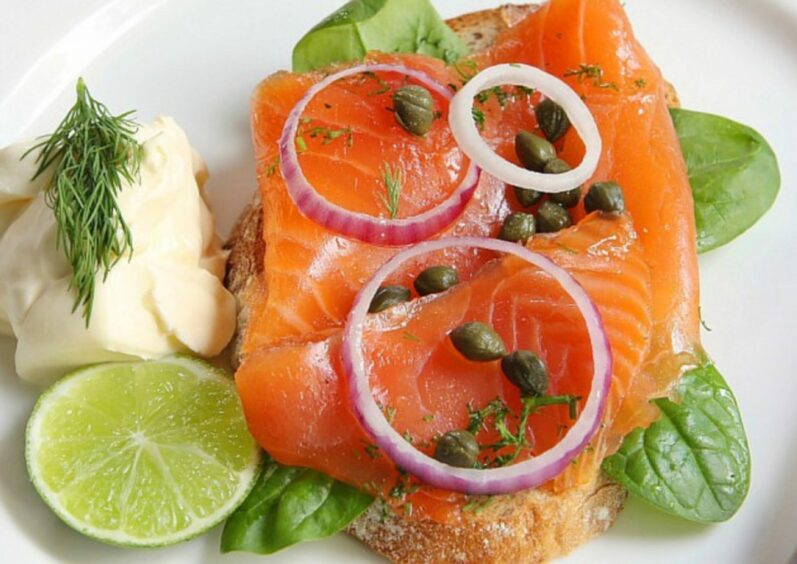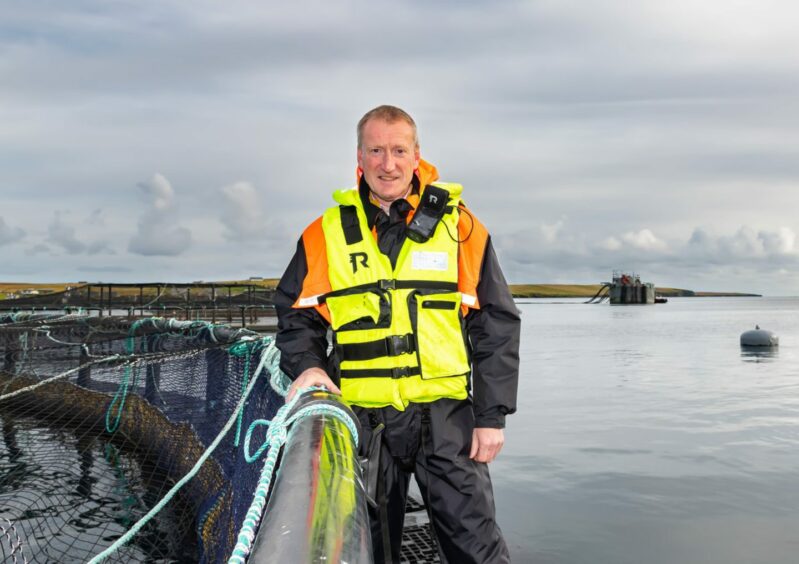The world’s appetite for two Scottish food and drink icons took off in 2021, with the value of whisky and salmon exports rocketing by 19% and 36% respectively.
Global exports of whisky grew to £4.51 billion last year, from just over £3.8bn in 2020, according to figures released by trade body the Scotch Whisky Association (SWA) today.
The number of 70cl bottles exported also grew, by 21%, to the equivalent of 1.38 billion.
Although total sales were up by value year-on-year, they still fell £403 million short of the pre-pandemic figure for 2019.
Growth in 2021 was driven in particular by consumers in Asia Pacific and Latin America, with value increases of 21% and 71% respectively.
Key emerging markets like India, Brazil, and China grew strongly.
Exports to the US – the industry largest market by value – grew by 8% despite the impact of a 25% tariff on single malts during the first quarter of 2021
Sales to the EU grew by 8% in the first year since Brexit.
SWA chief executive Mark Kent said: “The global footprint of the industry in 2021 is a clear sign the Scotch Whisky industry is on the road to recovery.
“Value and volume are both up as consumers return to bars and restaurants, people return to travel and tourism, and we all return to a degree of normality after a period of enormous uncertainty for consumers and business.
“Scotch Whisky growth in global markets means more jobs and investment across Scotland and the UK supply chain.”
The industry continued to face global challenges.”
Mark Kent, chief executive, the Scotch Whisky Association.
But Mr Kent warned: “This is no time for complacency.
“The industry continues to face global challenges, including ongoing trade disruption, growing supply chain costs and inflationary pressures, and undoubtedly there is some road to run before exports return to pre-pandemic levels.
“The UK and Scottish governments should do all they can to support the industry’s continued recovery by making the most of global opportunities, including the ongoing UK-India trade talks, ensuring fairness in the UK duty system, and investing in a more sustainable future as the industry works to reach net-zero by 2040.”
Salmon sales leap towards pre-Covid levels
Meanwhile, salmon exports recovered to near-record figures last year.
According to new figures from the UK Government, the fish was shipped to 52 different markets, with growth achieved in 10 of the top 20.
Total sales grew to £614 million as the UK’s biggest food export bounced back from a weak 2020, when Covid-19 cut off many of the sector’s customers overseas.
France led the recovery, with sales up £119m to £304m.
The US was the second largest market, up £47m to £152m, with China ranked third after sales grew by £31m to £45m.
Post Brexit, the EU accounted for 61% of global Scottish salmon exports.
Tavish Scott, chief executive of industry body Salmon Scotland, said: “These incredibly encouraging figures demonstrate the global demand for our unrivalled farm-raised Scottish salmon and the resilience of our industry.
“For exports to recover to near record-levels after such a difficult economic period during the pandemic is testament to the hard work and dedication of farmers to sustainable growth in the face of increased costs.”
Mr Scott added: “As well as creating thousands of jobs and opportunities here at home, farm-raised Scottish salmon is a global success story, with high environmental and welfare standards that puts the best-tasting and healthiest protein product on people’s plates.”
Industry figures suggest salmon farming directly employs 2,500 people in Scotland and supports more than 3,600 suppliers, with 10,000 more jobs dependent on the sector.
Rural Affairs Secretary Mairi Gougeon said: “Exports returning to levels close to pre-pandemic in spite of the disastrous impact of Brexit don’t happen on their own.
“This is testament to our resilient and hard-working aquaculture sector.”
West Highland distiller Nc’nean joins the ranks of B Corps
Fish farming faces ‘mistrust, dislike and vitriol’ as new report published



